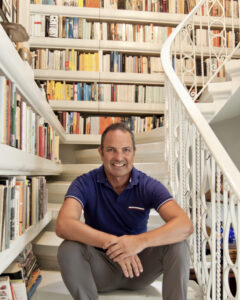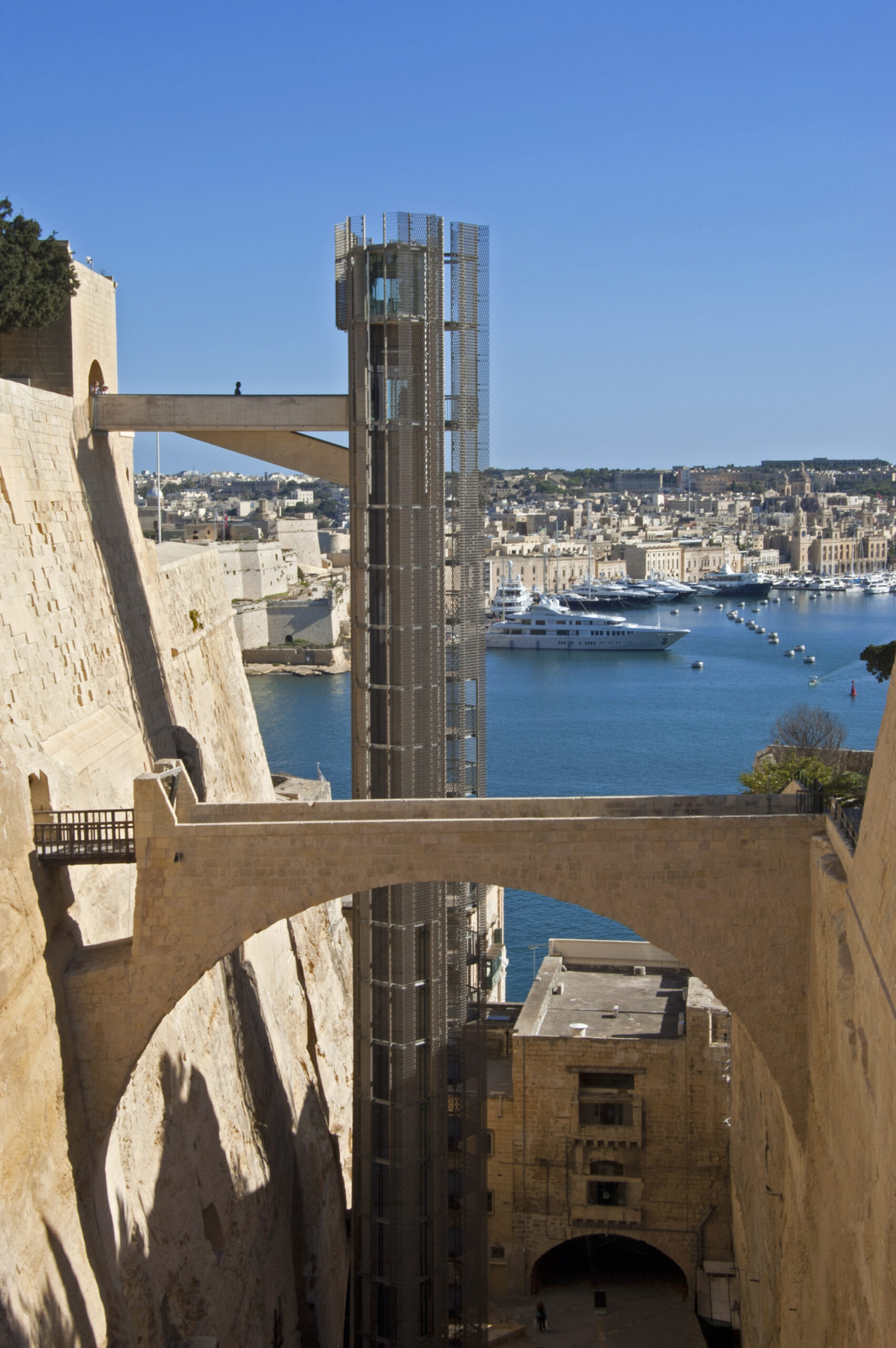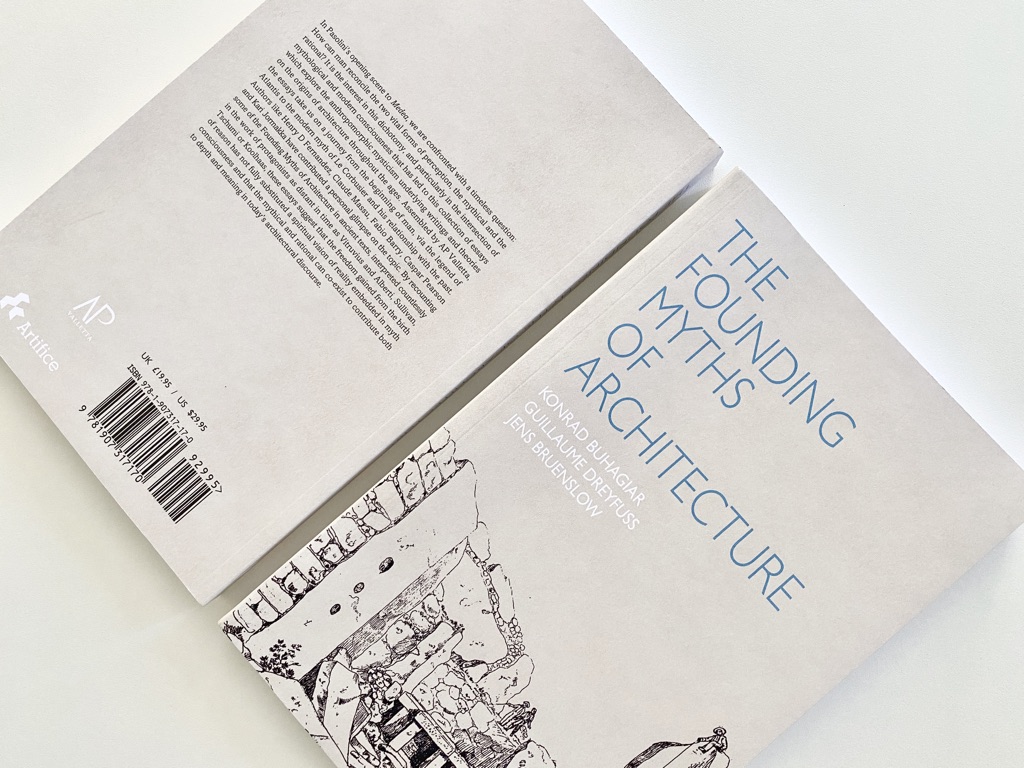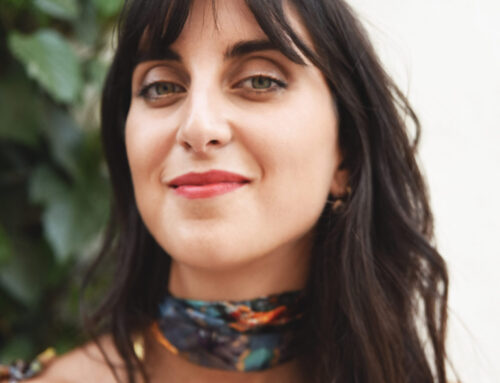
When Konrad Buhagiar wasn’t designing and creating architecture in Malta or abroad, he worked on his book ‘The Founding Myths of Architecture’, which was launched recently. In this Q&A Konrad takes us on an architectural journey from the moment he knew he was going into architecture to his latest achievements in the profession.
Hello Konrad, would you introduce yourself briefly to our readers?
I am an architect, firstly, and a founding partner of AP Valletta. I am mostly interested in the arts as a form of expression and a tool for communication.
As an architect and the founding partner of AP Valletta, you must have a passion for architecture. What first sparked your interest in the field?
I was attracted to the building trade from a young age, especially to its seductive combination of science and art. I had first thought of becoming an architect when I was a sixteen-year-old studying French in Besancon and I stumbled upon the chapel of Notre-Dame-du-Haut by Le Corbusier. I understood then that I really wanted to be part of the world that can create such wonders.
Your book ‘The Founding Myths of Architecture’, co-authored by Guillaume Dreyfuss and Jens Bruenslow, was recently published. What topics does the book address?
The book is about the birth of architecture – when and why it happened. Of course this is an unanswerable question, symptomatic of the ineffable qualities of architecture. Through an analysis of ancient texts and myths, its authors endeavour to get as close as they can to the dawn of civilization and the origins of this awesome discipline that can elevate an ordinary shelter to the magic of architecture.
How much time have you spent on researching and writing this book?
The book originated from a conference organised by AP Valletta with the eponymous title in Valletta in 2005. The research of the various well-known academics dated back many years before this. Not geological time, but almost, and sufficient for the creation of new myths.
Is this the first time you had a book published, and what are your main takeaways from the entire process?
No, this is not the first time. AP Valletta has always invested in historical and technical research with the aim to invest in its built projects with a sustainable and lasting edge. The practice, in turn, gives the research a specific direction and purpose in order to create an ideal fusion between architectural practice and theory and between technical expertise and artistic endeavour.
Unfortunately, the book launch in the National Library was cancelled after two planned launches in Venice and one in Paris. How are you planning to celebrate the launch?
With twice as much champagne! We will also organize one in Paris to launch the French edition and one in London as soon as travel will become easier. Three parties are better than one.
AP Valletta has a long list of both local and international work. Can you tell us about one of your favourite projects?
We endeavour constantly to endow our projects with qualities that will make them survive the test of time and, hopefully, all the projects that come off the drawing boards of AP Valletta, have a timeless quality to them. Perhaps my best friend, though, is the Barrakka Lift because it is terribly photogenic and romantic, surrounded as it is with immense 16th century walls and the Mediterranean Sea as a backdrop. I never fail to amaze foreign audiences with it.
Do you prefer working in Malta or abroad, and why?
Both are challenges in their own way. Working in different worlds helps keep the mind young and supple and the spirit alive and growing.
What do you love about Maltese architecture, and what do you think can be improved on in the future?
Maltese architecture is the quintessential synthesis of a multitude of cultures from North African and Middle Eastern to Mediterranean and North European. We simply need to remain honest to ourselves, perhaps not the best quality of the Maltese…
How has COVID-19 affected your personal and professional life – how did you spend your time during the pandemic?
The pandemic was a reality check. It gave me more time to reflect. It was an incredible luxury that we have left behind to make way for more material, perishable and transient activities.
AP Valletta views architecture as a container of meaning and a catalyst for the creation of kinship. Visit www.apvalletta.eu to see their impressive list of local and international work.






